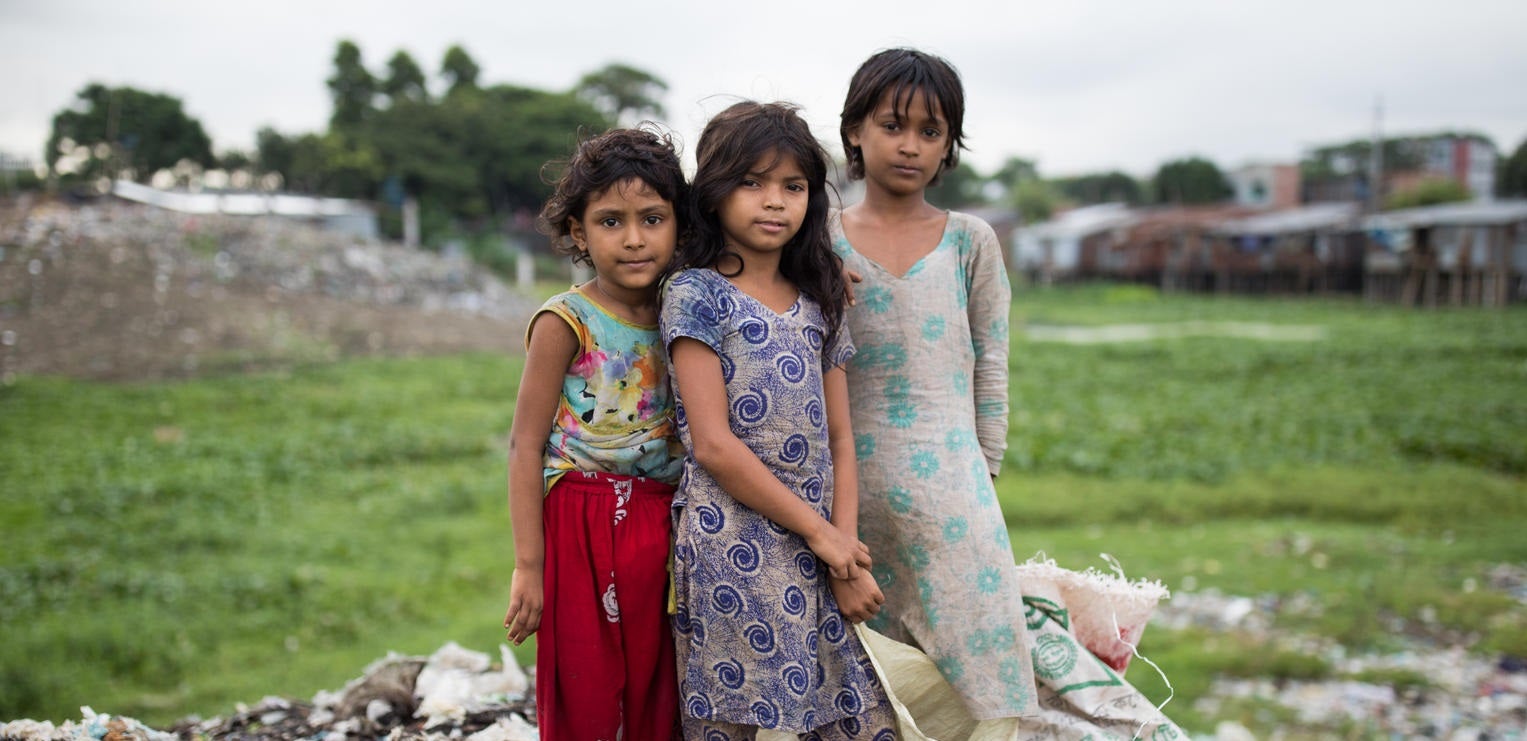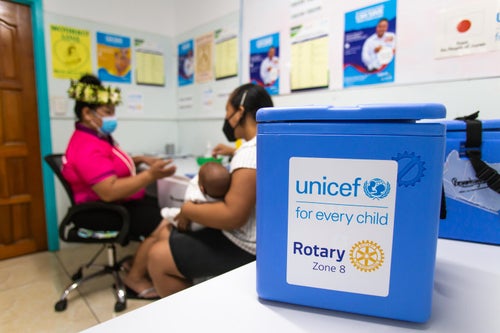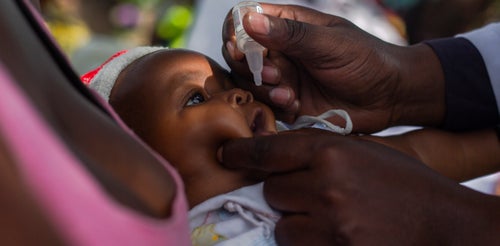1. Myth: Vaccines aren't safe
They are. Immunisation is extremely safe, with a very low risk of serious complications or allergic reactions. Incorrect claims about vaccination safety and side effects are unscientific and false.
All vaccines go through rigorous safety testing, including clinical trials, before they are approved for the public. Countries will only register and distribute vaccines that meet rigorous quality and safety standards. Once approved, vaccines continue to be monitored closely, as safety is always the number one priority.
Let’s look at polio for instance. A highly infectious disease, polio used to paralyse hundreds of thousands of children every year. There is no cure, but it can be prevented. After the introduction of effective vaccines in the 1950s, polio was brought under control and practically eliminated.
As a partner of the Global Polio Eradication Initiative, UNICEF helps to vaccinate more than 400 million children globally against this highly infectious disease every year.
Today wild poliovirus remains endemic in only two countries – Afghanistan and Pakistan – and global incidence of polio cases has decreased by 99 per cent since 1988.
Immunisation saves lives and gives children the opportunity to live a healthy life and to reach their full potential. Children who are not immunised face illness, disability and death.
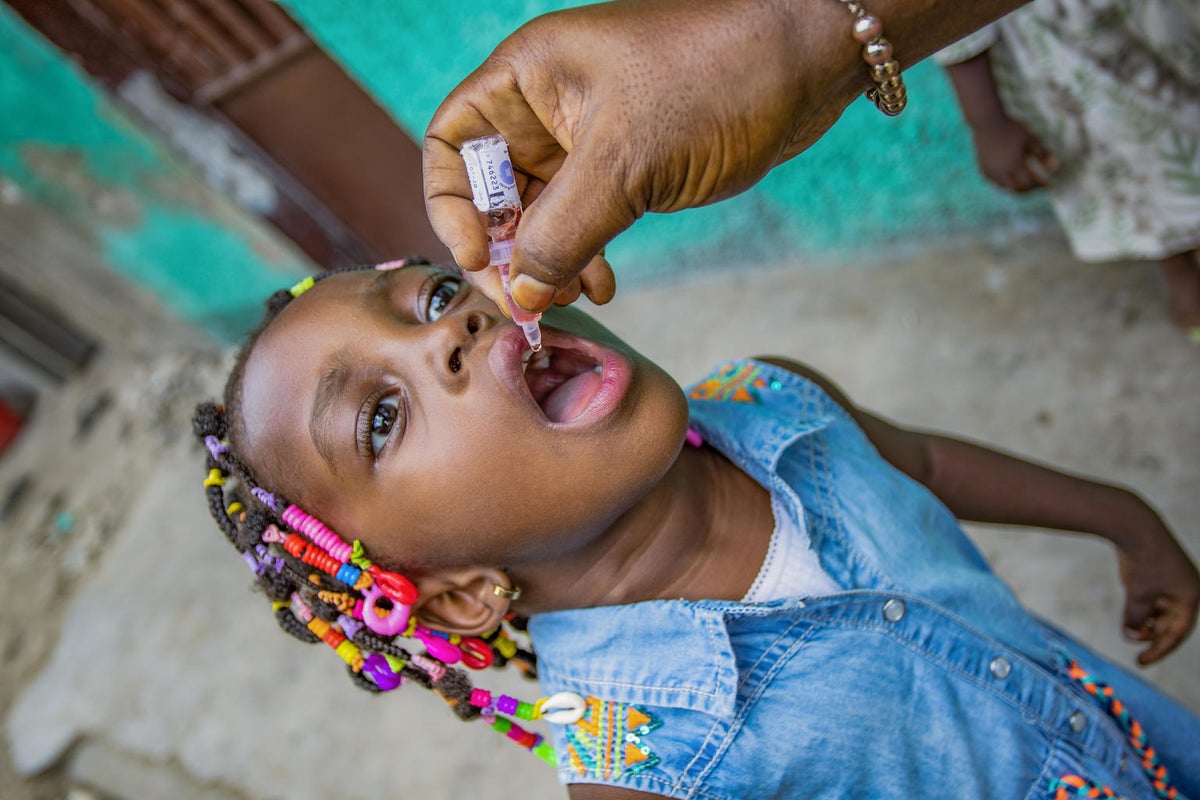
2. Myth: Vaccines are toxic
They aren’t. Each ingredient in a vaccine serves a specific purpose to keep the vaccine safe, effective and long lasting.
- The antigen is an inactive or weakened form of a virus or bacteria. It triggers an immune response within the body and trains our bodies to recognise and fight the disease.
- Adjuvants help to boost our immune response. This means they help vaccines to work better.
- Preservatives ensure a vaccine stays effective. They help to stop the growth of bacterial and fungal contaminants.
- Stabilisers protect the vaccine during storage and transportation.
For example, the measles, mumps, and rubella (MMR) vaccine contains a weakened version of the virus. This helps the immune system to recognise the virus and create the antibodies and memory cells needed to protect against it in the future.
It is recommended that all children aged below 12 months receive two doses of measles-containing vaccine. They are then protected for life and don’t usually need a booster dose.
Meet the health workers and parents speaking up to ensure no child goes unvaccinated >>
3. Myth: Vaccines cause autism
They don’t. The myth of a possible link between MMR vaccine and autism grew out of a 1998 study by Andrew Wakefield and researchers published in The Lancet.
Almost immediately afterward, epidemiological studies were conducted which found no evidence of a link between MMR vaccination and autism. Wakefield’s study was later found to be flawed and fraudulent and the paper was retracted in February 2010.
So what causes autism? Current research suggests that the disorder cannot be explained by a single cause, but is probably due to a combination of developmental, genetic and environmental factors.
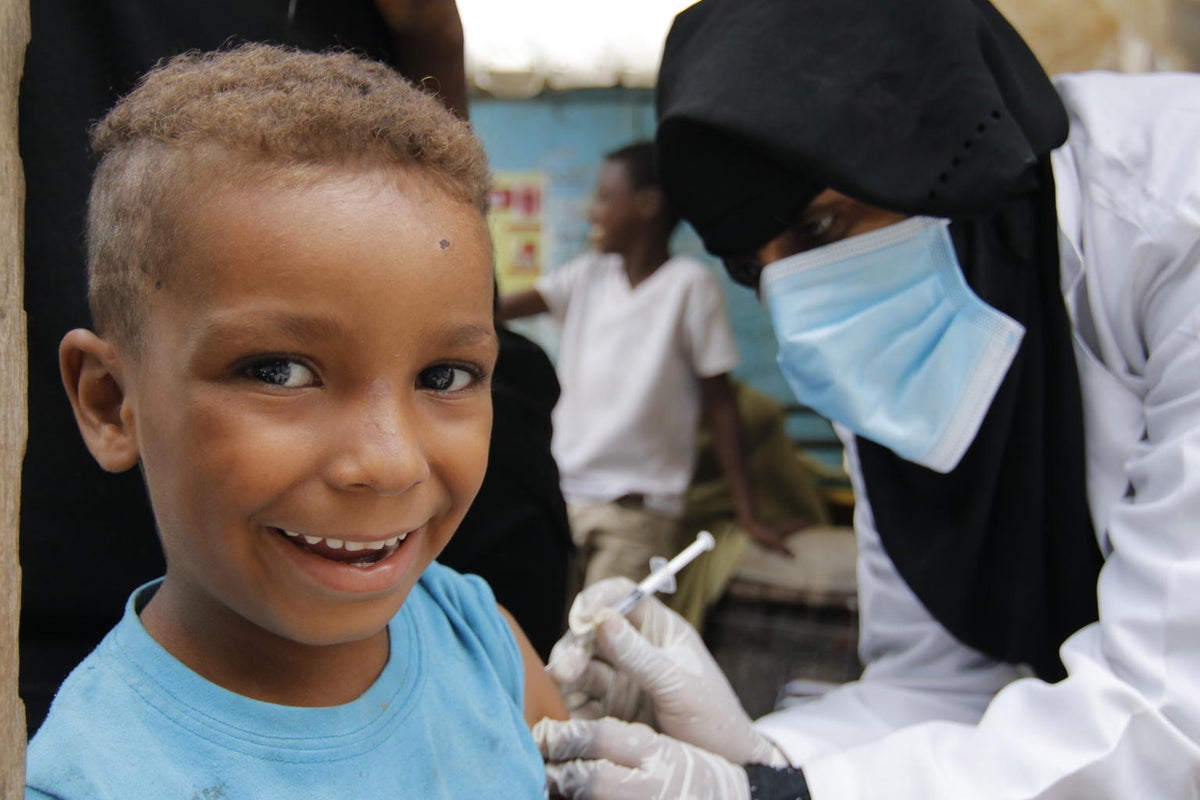
4. Myth: Vaccines aren't necessary
False. They are. Good hygiene, sanitation and nutrition isn’t enough to stop infectious diseases. While hygiene and sanitation is important, many infections can still spread regardless of how clean we are. To prevent this from happening, vaccination coverage rates must reach sufficient levels.
When you protect your own child against disease, you are also protecting your community. For many infectious diseases, when a sufficient proportion of a population is vaccinated, infectious diseases are unlikely to spread – this is known as ‘herd immunity’. But if people are not vaccinated, diseases that have become uncommon in some areas can quickly reappear.
In October 2019, the Pacific Island nations of Samoa, Tonga and Fiji were gripped by a measles outbreak due to low vaccination rates.
The highly infectious disease – which causes a rash and fever – killed more than 80 people, most of them babies and young children, and infected more than 5,600. UNICEF responded by urgently delivering close to 300,000 vaccines and medical supplies to protect children and families.
UNICEF has been working to vaccinate the world's most vulnerable children and their families for more than 70 years. Every year, UNICEF procures more than 2 billion doses of life-saving vaccines and vaccinates half of the world’s children.
Vaccinate Children. Save Lives.
Help protect children against preventable diseases with lifesaving vaccines.
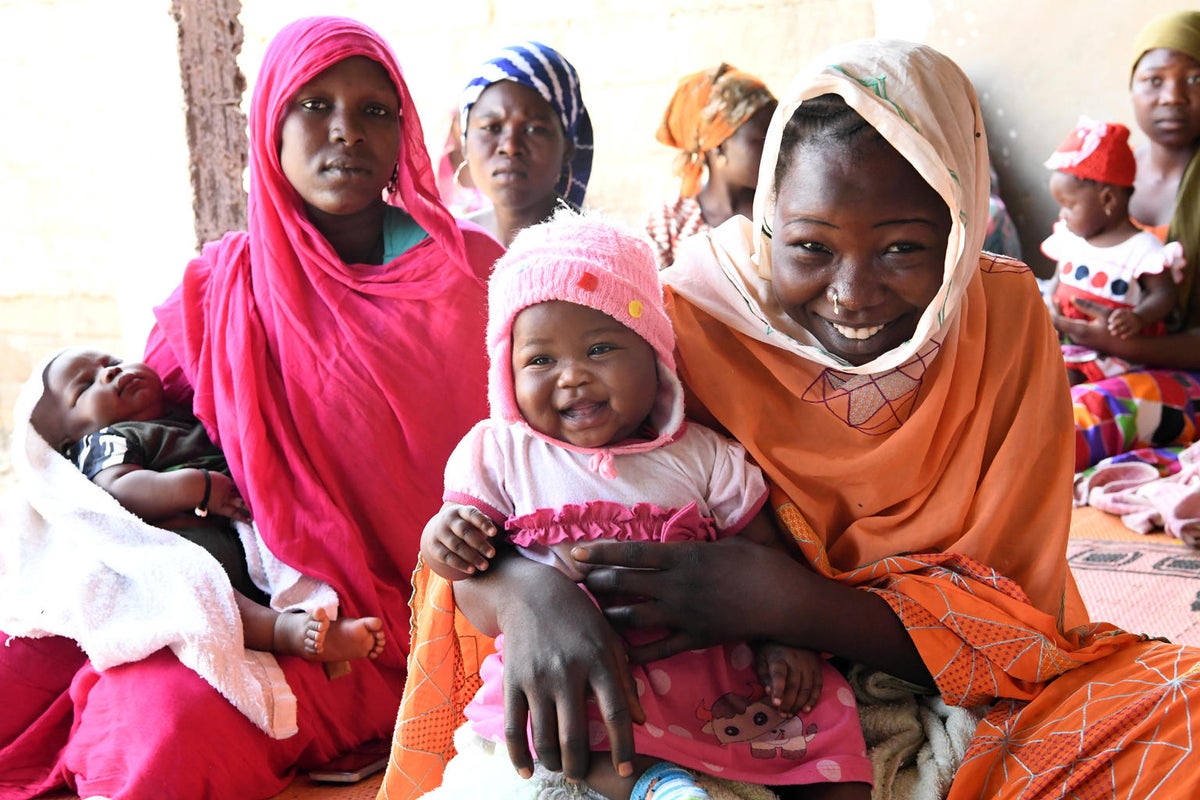
5. Myth: Vaccinated children cause outbreaks
Also false. Immunisation currently saves between 2 to 3 million lives every year. However, there are rare instances when a disease may spread despite the population being vaccinated.
Some diseases change and evolve, which could impact the effectiveness of vaccines. The strain of bacteria or virus in the vaccine needs to be the same as the disease. That's why we are encouraged to have yearly flu shots – the flu virus can change rapidly.
But what about vaccine-derived outbreaks? Oral polio vaccine contains a tiny bit of weakened poliovirus that enables it to bring about an immune response in children and protect them from infection. But on rare occasions, as the vaccine-virus cycles through children’s bodies over time, it can mutate into a harmful form of poliovirus that causes paralysis and spread to those who are unvaccinated.
If all children in the area are adequately immunised, this virus has no one to infect and dies away. The lower the population immunity, the longer these viruses survive.
This is what happened in both Yemen and Sudan in September 2020. Outbreaks of vaccine-derived polio were attributed to increasingly low levels of immunity among children. Both countries are facing conflict and restricted access, making it difficult to reach remote areas with life-saving vaccines for long periods of time. UNICEF teams continue to workday in, day out to reach every child, no matter their situation.
If a population is fully immunised against polio, it will be protected against the spread of both wild and vaccine derived strains of poliovirus.
That’s why we must continue this vital work to reach every child with regular immunisations and ensure that children and communities are protected from disease so that they can survive and thrive.
Related articles
Stay up-to-date on UNICEF's work in Australia and around the world


